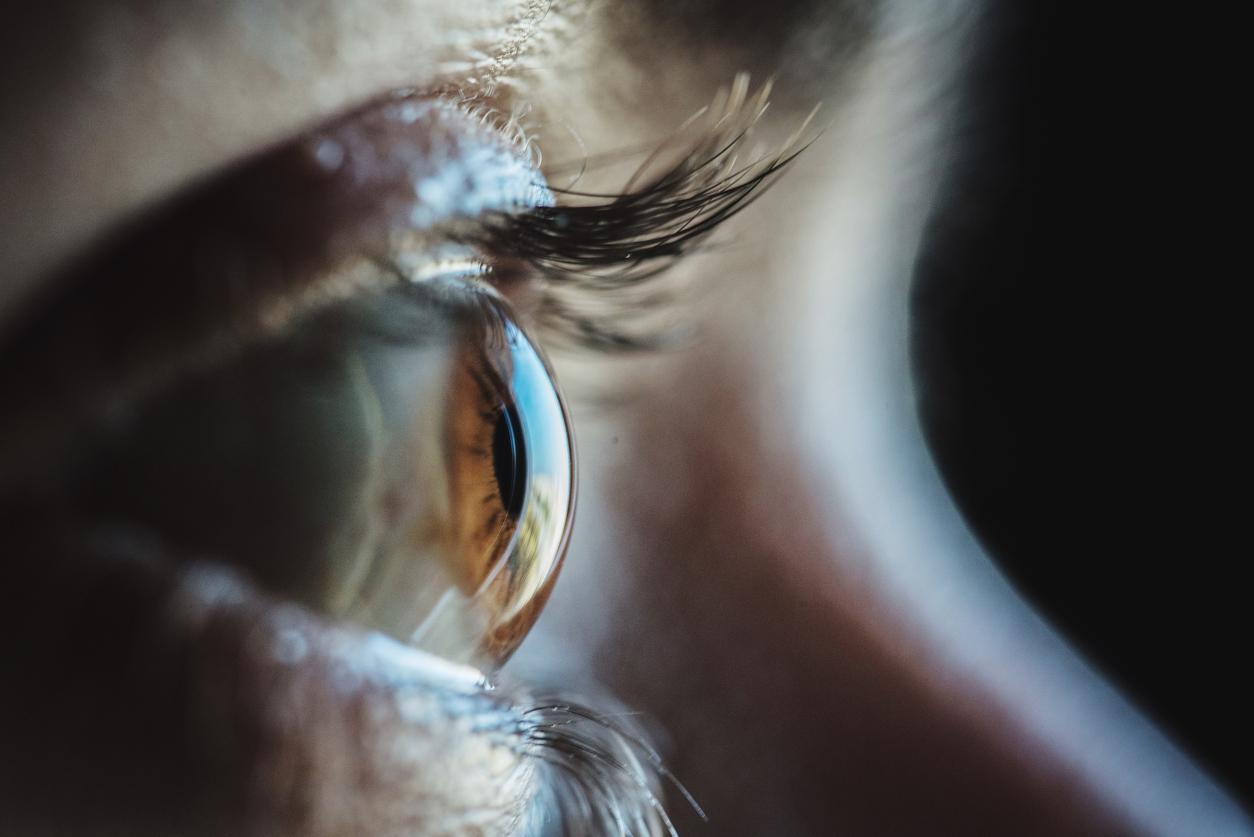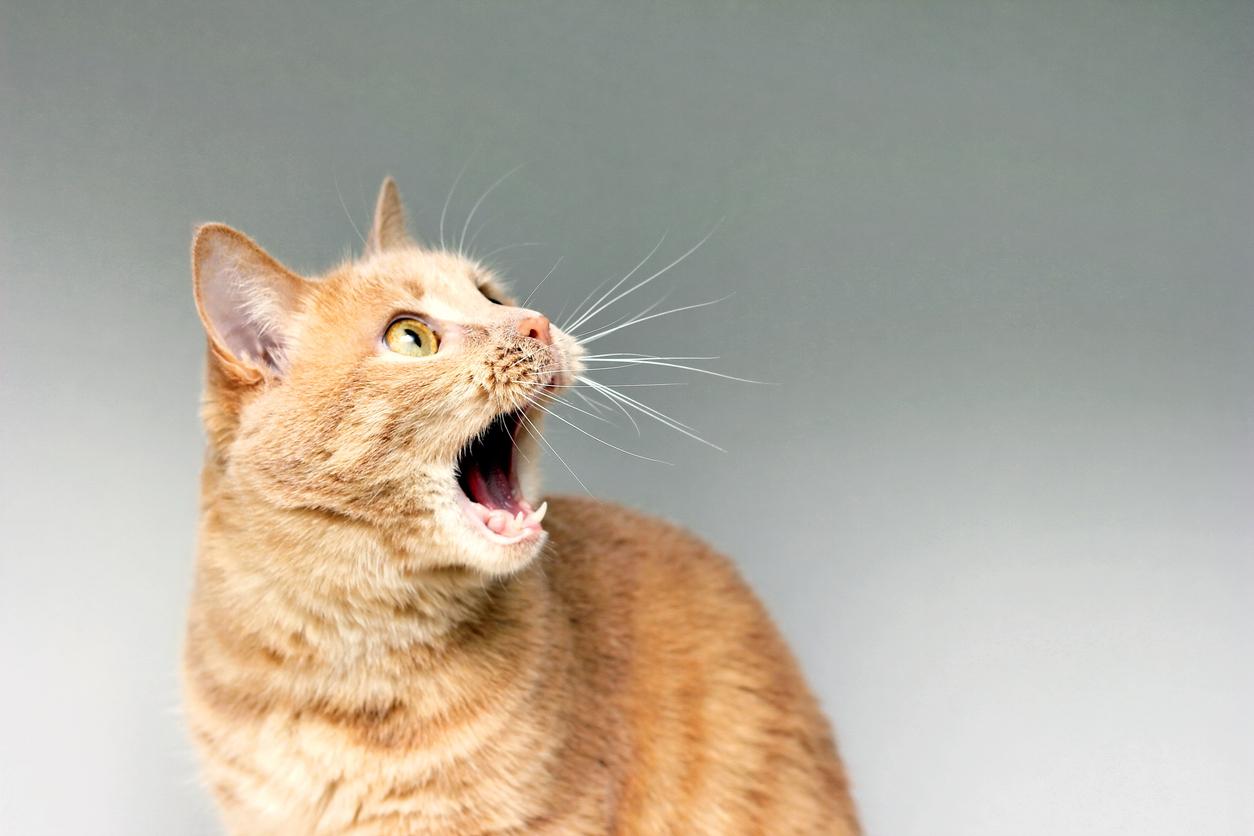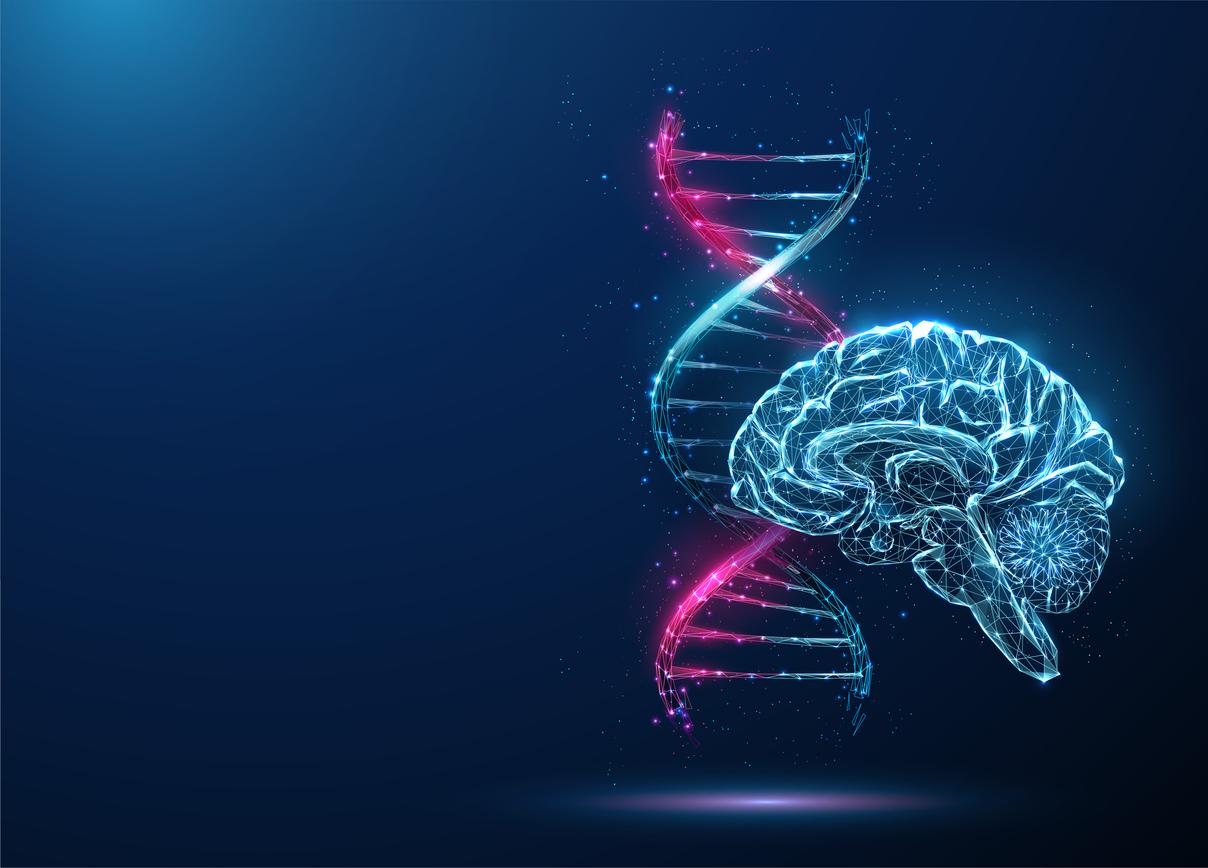There is no genius without a touch of madness, according to Aristotle. This Greek philosopher was visionary: a study shows a genetic link between creativity and mental illness.

Vincent Van Gogh. Ernest Hemingway. Antonin Artaud. Marlon Brando. These four personalities don’t just share creativity. They are also famous mental patients, who suffered from bipolar disorder or schizophrenia. And there are many artists who suffer from mental illness. It is no accident that creativity and mental illness have common genetic roots. This is the result of the analysis of genetic data of the Icelandic population. The results, published in Nature Neuroscience, show that creative people have genes predisposing to psychiatric disorders.
The genetic data of more than 96,000 Icelanders were reviewed. The individuals have been classified into two groups: creative or not. To join the first group, you had to be part of a national artistic society (drama, dance, music, visual art, writing).

A variable environment
For the authors of the study, creativity is characterized by cognitive processes that are different from the rest of the population. The psychiatric illnesses of schizophrenia and bipolar disorder are also characterized by impaired cognitive and emotional capacities. A link is therefore not excluded. The genetic data supports this hypothesis: the scores show that creativity lies halfway between good mental health and psychiatric illness.
“There is growing acceptance that these disorders reflect the extremes of the normal spectrum of human behavior rather than a separate disease,” said Robert Power, lead author of the study. If we know which healthy behaviors, like creativity, have a common biology with psychiatric illnesses, we will better understand the process that makes a person sick. Our results suggest that creative people may have a genetic predisposition that causes them to think differently. ”
This predisposition would be similar to that of bipolar or schizophrenic patients. But the “creatives” would have benefited from favorable genetic and environmental factors, unlike the latter.
.















